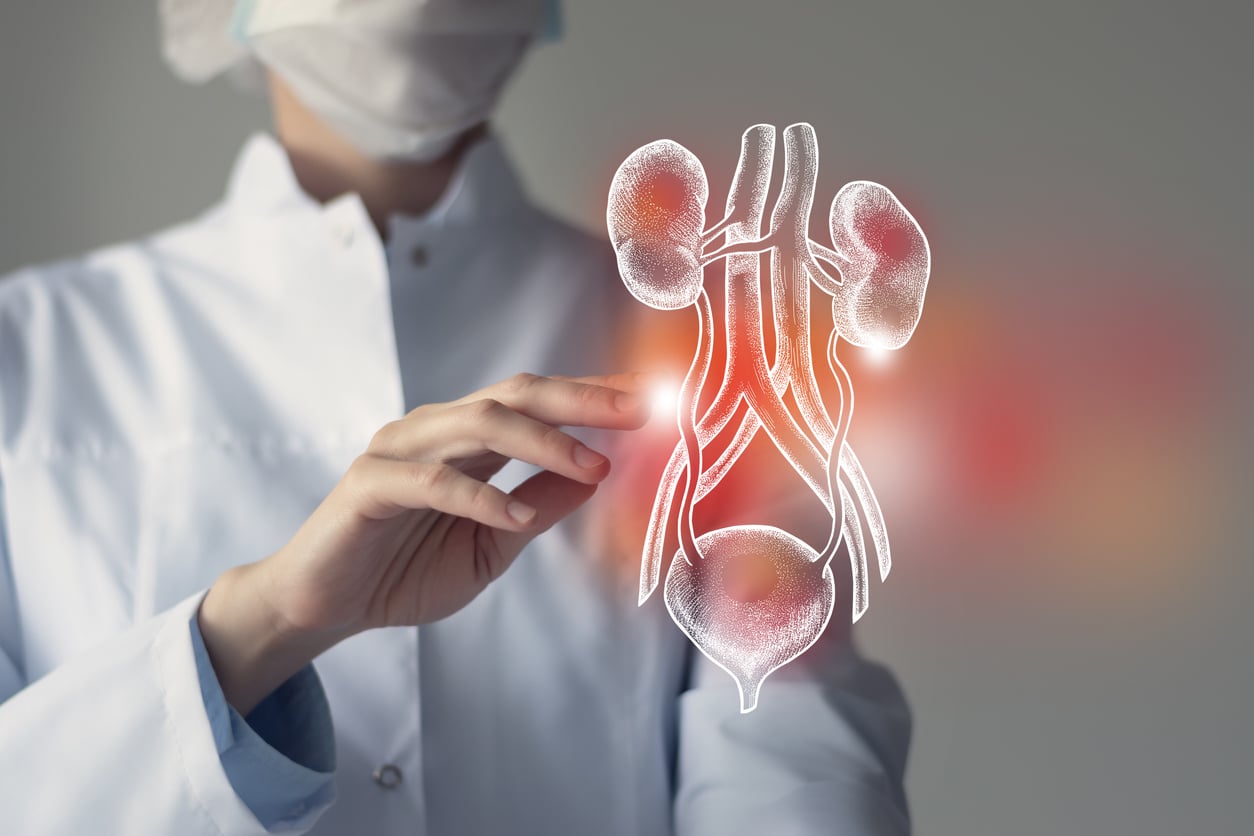Endometriosis, a medical condition that affects many women worldwide, is often associated with the reproductive system. However, this disorder can manifest in other regions of the body, leading to a pertinent question.
Table of contents
- Can Endometriosis Grow Inside the Bladder?
- Understanding Endometriosis
- Bladder Endometriosis: An Overview
- Recognizing the Symptoms of Bladder Endometriosis
- Identifying the Root Causes of Bladder Endometriosis
- Diagnosing Bladder Endometriosis
- Bladder Endometriosis Treatment Options
- Complications and Prognosis
- Final Thoughts
Can Endometriosis Grow Inside the Bladder?
Yes, endometriosis can indeed grow inside the bladder, although this is less common than other locations. This condition, known as bladder endometriosis, affects approximately 1-2% of women with endometriosis.
In this article, we will explore the nature of endometriosis, its ability to affect the bladder, the related symptoms, causes, diagnosis, and available treatment options.
Understanding Endometriosis
Endometriosis is a gynecological condition where cells similar to the ones lining the uterus, known as endometrial-like cells, grow outside of the womb. These cells can attach themselves to various organs such as the ovaries, fallopian tubes, and in rare instances, the bladder. This phenomenon is known as bladder endometriosis.
Bladder Endometriosis: An Overview
Bladder endometriosis is a specific form of endometriosis where endometrial-like cells grow inside or on the surface of the bladder. These cells respond similarly to hormones as the cells within the womb, causing them to build up, break down, and bleed. However, being outside of the uterus, these cells have no way of exiting the body, leading to inflammation, pain, and scar tissue.
Bladder endometriosis is considered a rare form of the disorder, affecting only about 1 to 2% of patients with endometriosis. However, for those suffering from deep endometriosis (DE), a severe form of the condition, the prevalence increases to nearly 50%.
There are two types of bladder endometriosis:
- Superficial Endometriosis: Endometrial-like cells are found on the outer surface of the bladder.
- Deep Endometriosis: Endometrial-like cells infiltrate the bladder lining or wall. This infiltration can cause a nodule, potentially affecting the ureter.
Recognizing the Symptoms of Bladder Endometriosis
The symptoms of bladder endometriosis can vary, often aligning with the menstrual cycle and intensifying during or just before a period. However, many women may remain asymptomatic until the disease has progressed significantly.
Common symptoms of bladder endometriosis include:
- Bladder irritation
- Urgency to urinate
- Pain when the bladder is full
- Occasional presence of blood in the urine during menstruation
- In some cases, pain in the area of the kidneys
Identifying the Root Causes of Bladder Endometriosis
The exact cause of bladder endometriosis remains unknown. However, several theories have been proposed, including:
- Early Cell Transformation: Cells leftover from embryonic development may transform into endometrial-like cells.
- Surgery: Endometrial cells may spread to the bladder during pelvic surgeries, like a cesarean delivery or hysterectomy.
- Hematogenous/Lymphatic Spread: Endometrial-like cells might travel through the blood or lymph system to the bladder.
- Genetic Factors: Endometriosis has been observed to run in families, indicating a possible genetic link.
Diagnosing Bladder Endometriosis
Bladder endometriosis is diagnosed through a comprehensive evaluation involving a physical examination, medical history, and various diagnostic tests. These tests may include:
- Vaginal examination
- Ultrasound
- Urine sample analysis
- Cystoscopy and Laparoscopy
- CT and/or MRI scan
Bladder Endometriosis Treatment Options
The primary aim of bladder endometriosis treatment is to control symptoms and inhibit the growth of endometrial-like cells. Treatment options include:
Medication
Hormone therapy can slow the growth of endometrial-like cells, relieve pain, and help preserve fertility.
Surgery
Surgery is typically required for bladder endometriosis. The surgical options can vary depending on the severity and area affected. The areas affected by endometriosis can be excised to remove them.
Complications and Prognosis
If left untreated, bladder endometriosis could lead to kidney damage. However, surgery can prevent this complication. The condition doesn’t directly affect fertility, but if endometriosis is present in other parts of the reproductive system, conceiving might be challenging.
Endometriosis, including its bladder variant, is a chronic condition that can impact daily life. Yet, it can be effectively managed with proper treatment and a supportive healthcare team.
Final Thoughts
So, to answer the question, Can endometriosis grow inside the bladder? — yes, it can. However, through increased awareness, early diagnosis, and effective treatment strategies, bladder endometriosis can be managed, improving the quality of life for those affected.
References:
https://www.endometriosis-uk.org/endometriosis-and-bladder
Bladder Endometriosis symptoms
Endometriosis Symptoms And Treatments
https://www.healthline.com/health/womens-health/bladder-endometriosis
https://consultqd.clevelandclinic.org/urinary-tract-endometriosis-has-serious-health-implications/




